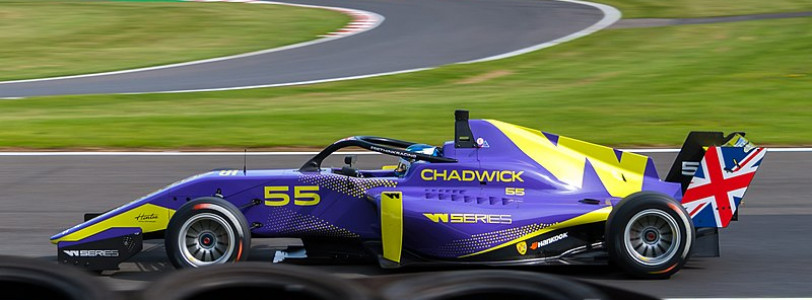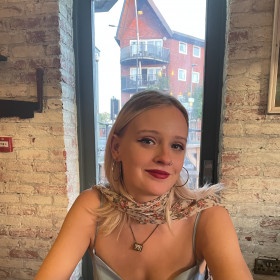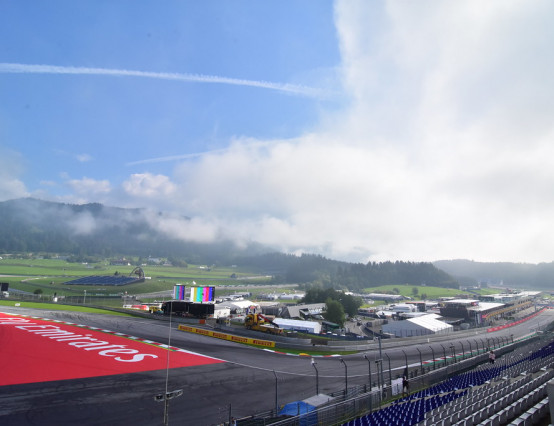The last woman to attempt to qualify for a Formula One Grand Prix was Giovanna Amati in 1992. Since then no other women have managed to break into the sport, unless it is as a test or development driver, exemplified by the likes of Susie Wolff and Jamie Chadwick. To get to their position is a remarkable achievement and indicative that female racing drivers possess the same aptitude and skill as men. So in a sport that claims ‘We Race as One’, why do F1 and other single-seater series struggle to include women?
There isn’t a simple answer. Instead, there are a multitude of reasons that depict a rather grim picture of misogyny in motorsport. It is undeniably difficult for women to enter this male-dominated sport, however, those that do offer inspiration and their visibility has increased over the past decade. Motorsport still has a long way to go in terms of achieving gender inequality, much like society itself, but I feel the female voice is finally being heard in ways it hasn’t before.
This is exemplified by reactions to the Red Bull Racing Team Principal, Christian Horner’s comments earlier this year. During a conversation with talkSPORT, Horner stated in reference to Drive to Survive, “F1 is bringing in a young generation. It's bringing in a lot of young girls because of all of these great-looking young drivers”.
These ridiculous comments are degrading and exemplify how ingrained sexism is in the sport. Backlash online from female fans, and the interviewer Laura Woods calling out his comments during the interview, shows that women have a strong presence in the sport, prompting the Team Principal to later adjust his comments.
However, Horner’s seemingly silly comments have a deeper meaning, highlighting one of the more covert forms of sexism in the sport. The presumption that women only like motorsport because they are attracted to the drivers, also informs sponsor decisions in who they fund to race. Funding is an essential element to gaining any seat in motorsport – one that works massively in favour of men. Sponsors are now choosing good-looking male drivers to invest in, perhaps attributing this factor to the growing female audience, and hoping this will bring a new audience to their brands.
As a result, women are not gaining sponsorship deals, prohibiting their entry into the higher levels of motorsport. For example, Jamie Chadwick, 2x W Series Champion, cannot get a seat in F3 because of funding, despite showcasing her talent as the best in her category. It is frustrating, as many male drivers obtain seats in F3 without winning any championships in other categories. What more can Chadwick do!?
The learning experience F3 can offer her is essential for her progression to Formula One, and without this sponsorship she cannot make that next step. Here you see how misogyny covertly operates and can stop women from progressing in racing.
The W Series is another interesting case. It is an all-female racing series, whose success has been subject to debate since its inception in 2019. There was initial criticism from female racing drivers, who claimed it was segregating women in motorsport, rather than helping them achieve their dreams of driving in higher categories.
However, CEO Catherine Bond Muir is adamant that the series is not a female version of F1, but instead a stepping stone that gives women the race experience they need to reach the pinnacle of motorsport. She outlines two main barriers for this – experience and funding. The W Series combats these issues by making it free to race, giving drivers’ the space to develop their talent without having to worry about finances. By developing their racecraft here, it places them in a better position to adapt to F3 and follow the trajectory to the top of motorsport.
The W Series is a positive step for women, giving racing drivers who were unable to secure funding, such as Abbi Pulling, a chance to race. However, the fact Chadwick is a 2x champion and still cannot get to F3 is worrying for the series and its aims. It is also indicative of how difficult it is to be a woman in the sport, and that equality is a long way away.
Despite these issues, it feels that women are more present in motorsport than ever. Not just in seeing women race, but also in broadcasting and journalism. Females in Motorsport is a fantastic online platform sharing stories of women up and down the paddock, from drivers to engineers. Whilst there are few female engineers in motorsport, promoting the stories of those who are is a crucial way of inspiring younger generations that their dream is possible.
Furthermore prominent F1 drivers such as Sebastian Vettel and Lewis Hamilton use their platform to advocate gender equality in motorsport. During the 2021 Saudi Arabian Grand Prix, Vettel organised an all-female karting day, resonating in particular due to Saudi Arabia’s issues with women’s rights.
However, just because there has been some progression for women in motorsport, that does not mean there shouldn’t be a greater push for equality. If anything, because women’s voices are beginning to be heard, it is time for those higher up, who can really make changes, to listen to us and implement the changes we are calling for. It can be demoralising when the sport you love is so male-dominated and you wonder if a career in it is feasible with the amount of misogyny there still is.
Yet, there are brilliant women within the sport tackling these attitudes that are inspiring. Social media also is a good space, as there is a strong community of female motorsport fans that makes you feel less alone. There is a lot that needs to change in terms of gender inequality, but for the first time it feels like women have a voice in this change – and it is definitely here to stay.









0 Comments